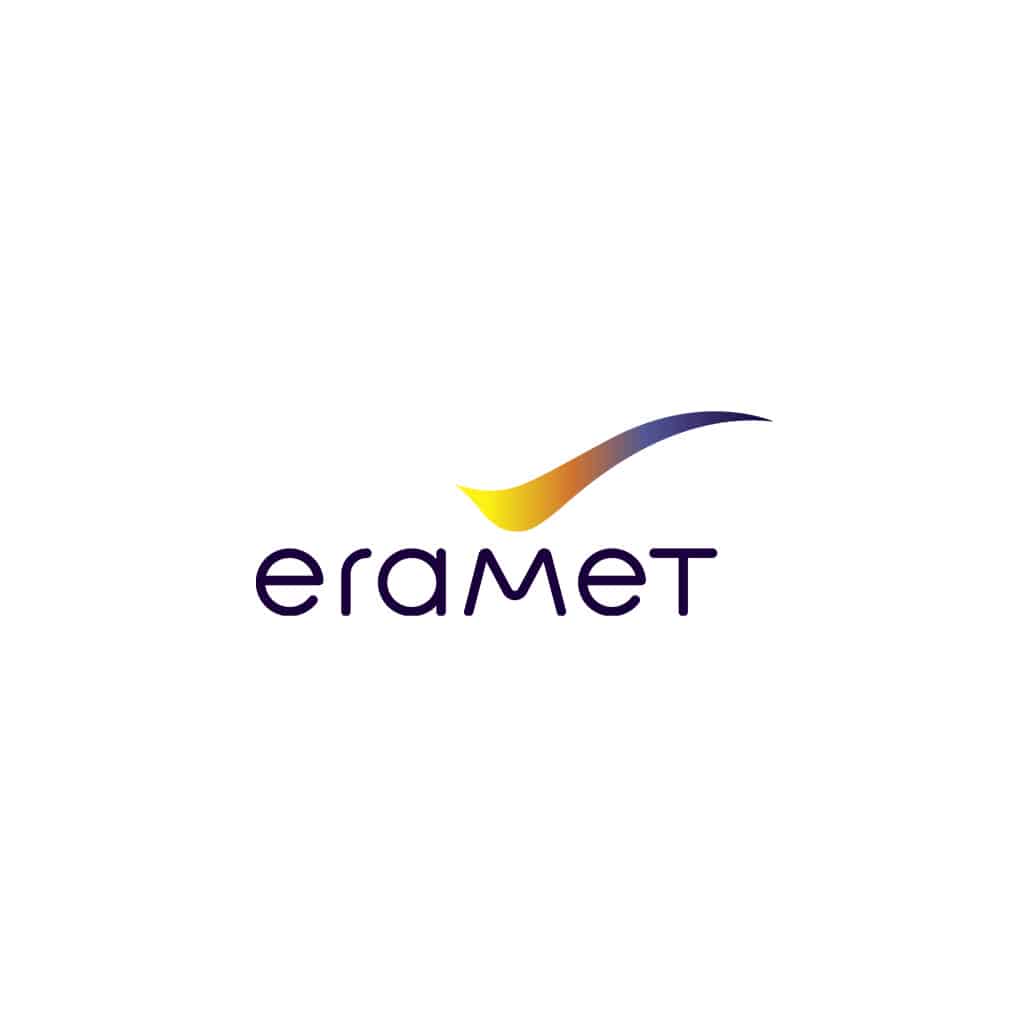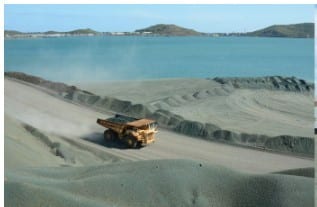2 Mt of low-grade* incidental ores and tailings quantities of additional materials recovered through the circular economy action plan over the 2019-2023 period

Terms of the action or commitment
Levers mobilized for circular economy (according to Ademe)
Implementation timeline
Starting year
2019
Ending year
2023
Main actors mobilized
Internal actors
x
External actors
x
Geographic area
x
Photo / Video
2022 follow-up of the action
Date of follow-up
23/06/2022
Methods of validation of the follow-up
Internal validation by the "Circular Economy" working group, made up of experts, to validate actions and projects that contribute to the Circular Economy objectives of Eramet's CSR Roadmap
Status of the action
In progress
Completed
a) Results
Achieved
Partially achieved
Not achieved
b) Numerical / Qualitative information
Cancelled
Explanations
Comparison with the projected pace in the last publications
Keeping up with the times
In advance
Delayed
Four projects to contribute to the recovery of mine tailings and low-grade ores have been validated by the internal working group and are underway.
– The recovery of low-grade nickel ores initially stored in slag heaps in the absence of an economically sustainable process (SLN; New Caledonia);
– The installation of an optical sorting facility to recover the co-products of the washing plant at the Népoui site (SLN; New Caledonia);
– The development of ilmenite 56, a new commercial product resulting from the recycling of production residues from the GCO mine (Senegal), which were not previously recovered ;
– The development of a mineral process to valorize Mn-depleted products resulting from the beneficiation process (Comilog; Gabon).
It is estimated that these various actions have enabled the recovery of 1,227,000 tons of material by the end of 2021.
Mining can also contribute to the circular economy through optimized management of mining resources. This involves, on the one hand, recovering lower-grade ores that have had to be extracted for the needs of the operation without being able to be used (so-called “fatal” ores), and on the other hand, recovering as much as possible of the mining residues from the ore concentration processes. In parallel with the actions undertaken in terms of environmental management and reduction of the environmental footprint of the company’s mining activities, the objective is to make the company’s processes more efficient and to better use natural resources. A “circular economy” working group was set up within the company to validate actions eligible as part of Eramet’s CSR roadmap. The actions whose tonnages will be counted for the purpose of monitoring this indicator are those that make it possible to recover flows or stocks of tailings or fatal ores that have not been recovered to date.
In 2022, the recovery of low-grade nickel ore stocks has continued. It is the main contributor to this program (85% of tonnage).
The project to upgrade Mn-depleted products is progressing. The implementation of an industrial pilot on site is scheduled for 2023.
The production of ilmenite 56 is now operational and generates about 20 to 30 kt of marketable products per year.
The operation of the optical sorting facility set up in New Caledonia has had to be suspended for economic reasons. However, this should not affect the achievement of the overall program target for the end of 2023.


